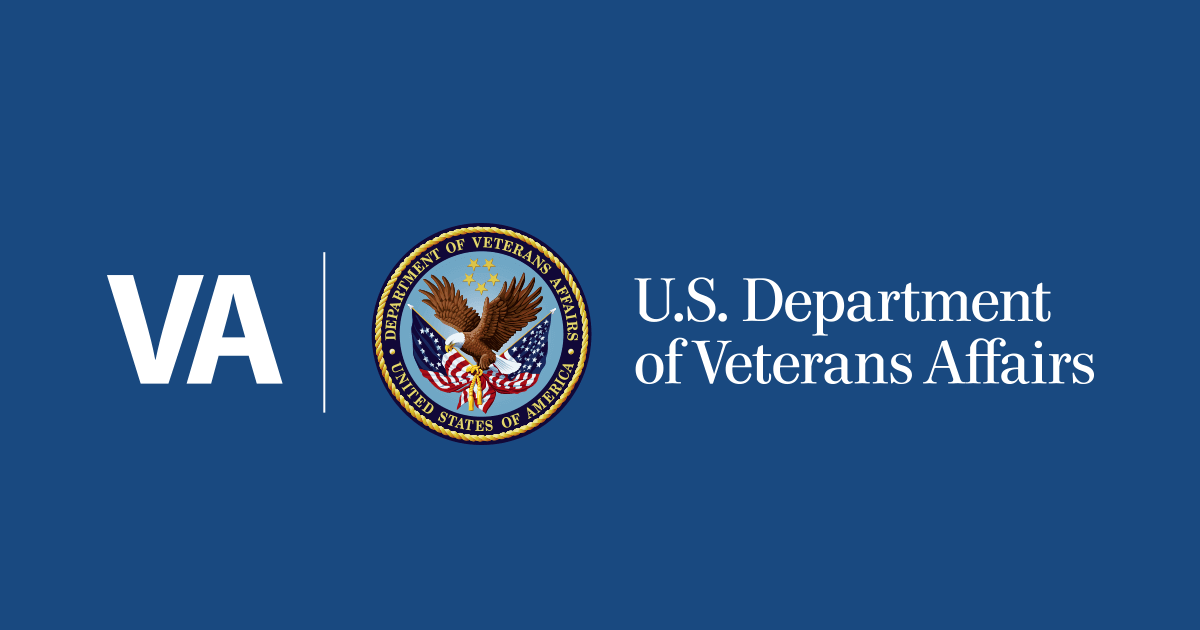Play all audios:
Pittsburgh , PA — Research presented to members of the American Heart Association Sunday by VA Pittsburgh Healthcare System nephrologist Steven Weisbord, M.D., will change the way doctors
perform angiograms for patients at risk for kidney injury. The study, which was led by Weisbord and included nearly 5,000 patients, was published in the New England Journal of Medicine after
the presentation to international AHA members in Anaheim, California. “The findings have implications every time someone with kidney disease in any hospital in the U.S. or worldwide
undergoes angiograms,” said Weisbord. “That’s a substantial number of people and includes those with diabetes and chronic kidney disease.” The research compared two different types of
intravenous fluids and evaluated an anti-oxidant, Nacetylcysteine, that are commonly used during the angiograms. It was believed that intravenous fluid made up of sodium bicarbonate and
N-acetylcysteine helped to prevent contrast-associated kidney injury for those at risk. As it turned out, these treatments were not better than simply using intravenous saline (salt
solution). “Saline solution alone should be the standard of care for the procedure,” said Weisbord. “Dozens of research trials over the years have looked at the interventions studied in this
research,” Weisbord said, “But there were never enough patients to draw definitive conclusions for the interventions being used in clinical practice,” Weisbord said. “VA provided the
infrastructure to construct this large-scale clinical trial. This research will provide an evidence basis and define the appropriate care that is delivered to millions of patients in the
U.S. and worldwide.” Angiography is an imaging technique that uses a contrast solution containing iodine to illuminate blood vessels and organs so providers can see if there are
abnormalities or injuries. The research was funded under the VA Cooperative Studies Program and the National Health and Medical Research Council of Australia. Patients were drawn from 35
U.S.-based VA hospitals and from 17 hospitals in Australia, New Zealand and Malaysia.

